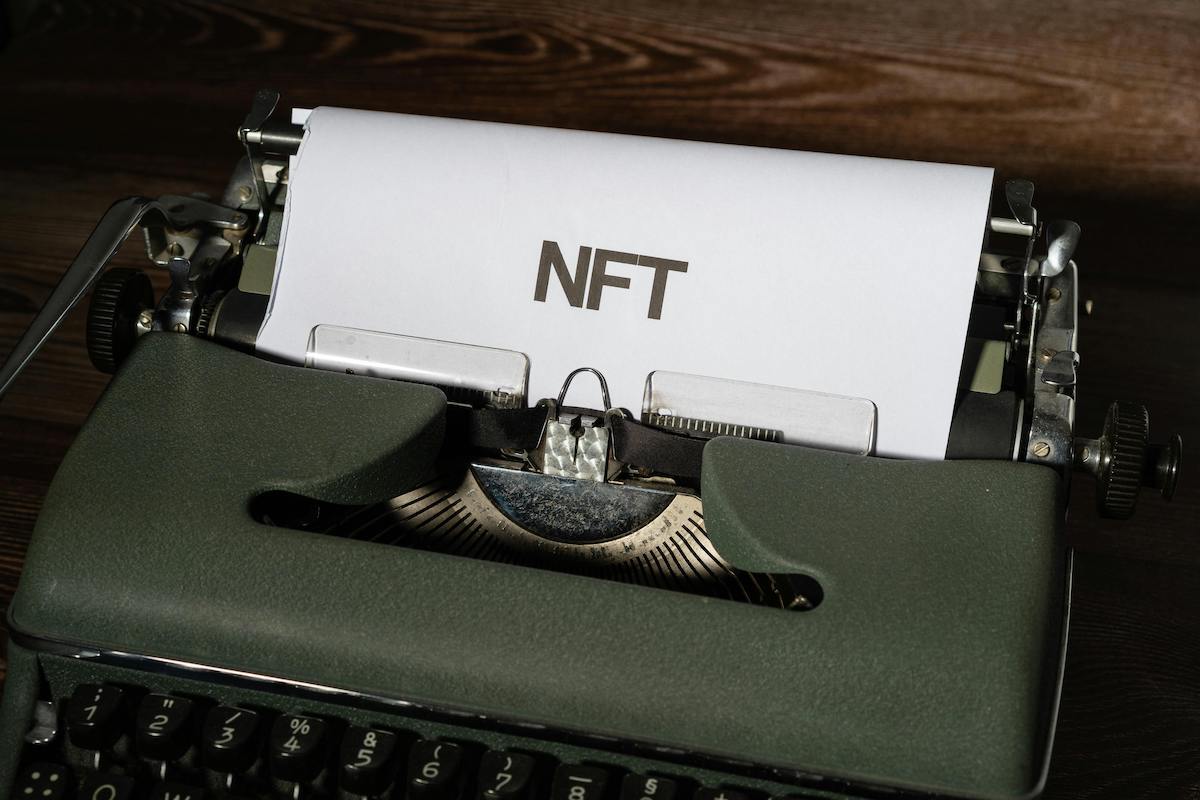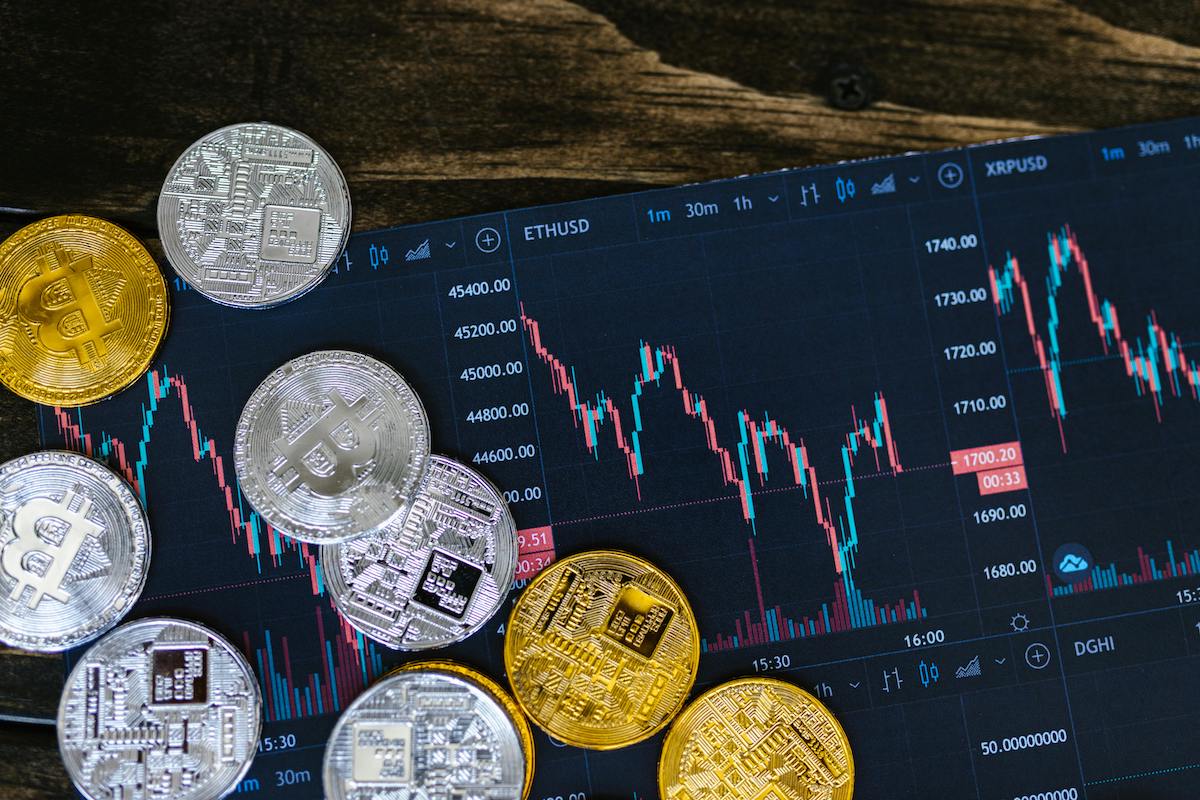In the fast-paced world of cryptocurrency and blockchain technology, trends come and go with lightning speed. In recent years, one phenomenon that captured the attention of the world is non-fungible tokens (NFTs). From digital artwork to virtual real estate, NFTs have opened up new avenues for creators and collectors alike. But as we find ourselves in 2024, the question arises: Are NFTs still popular, or have they faded into obscurity?
The Rise of NFTs
Before we delve into the present state of NFTs, let’s take a moment to reflect on their meteoric rise. In the early days, NFTs were primarily associated with digital art, allowing artists to tokenize their creations and sell them on blockchain platforms. The concept of owning a unique, verifiable digital asset struck a chord with collectors, and soon, NFTs became a symbol of status and exclusivity.
The Peak of NFT Mania
The NFT craze reached its peak around 2021, with high-profile sales making headlines around the world. From Beeple’s groundbreaking $69 million sale at Christie’s auction house to the sale of virtual real estate in decentralized virtual worlds, NFTs seemed to be everywhere you looked. Celebrities, musicians, and athletes jumped on the bandwagon, launching their own NFT collections and further fueling the frenzy.
The Aftermath: Navigating the Hype
However, as with any trend fueled by hype, the NFT market eventually experienced a period of consolidation and reflection. Skeptics questioned the sustainability of the NFT boom, warning of a potential bubble ready to burst. Indeed, there were instances of oversaturation in the market, with countless NFT projects flooding platforms, leading to concerns about quality and authenticity.
The Maturation of the NFT Ecosystem
Now, as we find ourselves in 2024, the NFT landscape has evolved. While the initial hype may have subsided, NFTs continue to play a significant role in the digital economy. Rather than being a fleeting trend, NFTs have matured into a legitimate asset class with diverse applications beyond art and collectibles.
NFTs Beyond Art: Utility and Innovation
One of the most notable developments in the NFT space is the expansion of use cases beyond the realm of art and entertainment. NFTs are being used to represent ownership of real-world assets such as real estate, intellectual property, and even fractionalized ownership of physical items. Moreover, NFTs are powering decentralized finance (DeFi) applications, enabling unique financial instruments and lending protocols.
Sustainability and Social Impact
Another area of focus in the NFT ecosystem is sustainability and social impact. With growing concerns about the environmental impact of blockchain technology, particularly proof-of-work (PoW) consensus mechanisms, there has been a push for greener alternatives. Projects are emerging that prioritize energy-efficient protocols and carbon offset initiatives to mitigate the carbon footprint of NFT transactions.
Conclusion: The Enduring Appeal of NFTs
While the initial frenzy surrounding NFTs may have waned, their popularity endures in 2024. Far from being a passing trend, NFTs have cemented their place as a transformative force in the digital economy. With continued innovation, diversification of use cases, and a focus on sustainability, NFTs are poised to remain a vibrant and integral part of the blockchain ecosystem for years to come.
As with any emerging technology, the future of NFTs is ripe with possibility. Whether it’s revolutionizing the way we buy, sell, and own assets or driving positive social change, NFTs have proven to be more than just a fleeting trend – they are here to stay.
So, to answer the question: Yes, NFTs are still popular in 2024, but their significance goes beyond mere popularity – they represent a paradigm shift in how we perceive and interact with digital assets.







